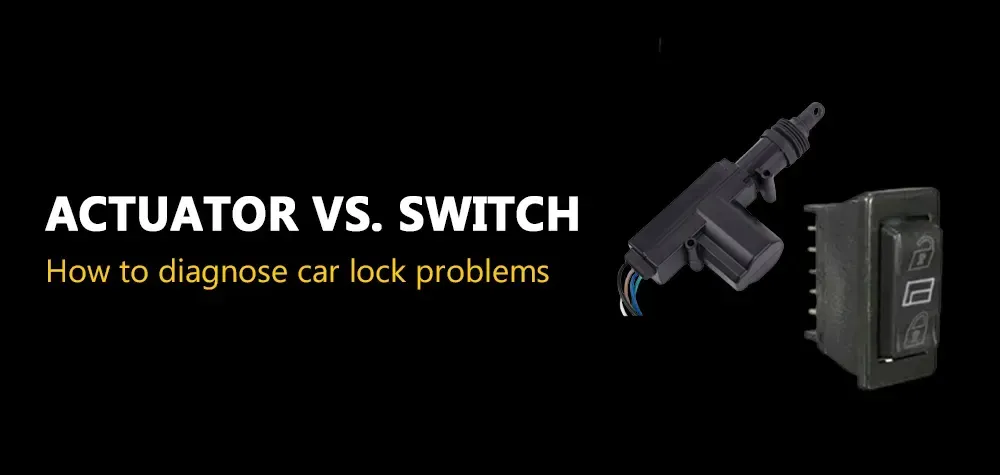Signs Your House Has Been Marked
Understanding House Markings
House markings are symbols, signs, or codes left by individuals or groups to convey various messages or information about a property. These markings, although subtle, can carry significant implications for homeowners, signaling potential threats or criminal activities. Understanding these house markings is essential for homeowners to protect their property and ensure their safety. In this section, we will explore the basics of house markings, including their types, purposes, and common locations where they are found. By gaining insight into house markings, homeowners can better recognize potential risks and take appropriate measures to address them.
Types of House Markings
Chalk Marks
Chalk marks are one of the most common types of house markings used by burglars and other individuals to communicate messages or information about a property. These marks are typically made with chalk or another easily removable substance and may appear on surfaces such as walls, fences, or pavements. Burglars use chalk marks to indicate various things, such as whether a property is occupied, the presence of security measures, or potential vulnerabilities. Understanding the meaning behind these chalk marks can help homeowners identify potential threats and take appropriate action to protect their property.
Read more about Changing locks after moving to a new home!
Symbols or Codes
Symbols or codes are another type of house marking that may be used by individuals or groups to convey messages about a property. These symbols can range from simple drawings or shapes to more complex codes or hieroglyphs. The meaning of these symbols may vary depending on the context and the intentions of the individuals responsible for making them. For example, certain symbols may indicate that a property is being targeted for burglary, while others may signify that the property is protected by a security system. Recognizing these symbols and understanding their significance can help homeowners assess potential risks and take proactive measures to enhance their security.
Stickers or Tags
Stickers or tags are physical objects that may be attached to a property to communicate messages or information to passersby or potential intruders. These stickers or tags may contain symbols, codes, or written messages indicating various things, such as the presence of a security system, the type of security measures in place, or warnings to potential intruders. For example, stickers indicating the use of a security alarm or surveillance cameras may deter burglars by signaling that the property is protected and monitored. Similarly, tags placed by neighborhood watch groups or law enforcement agencies may warn intruders that the area is under surveillance and discourage criminal activity. Understanding the meaning behind these stickers or tags can help homeowners assess the security of their property and take appropriate measures to prevent crime.
Common Locations for House Marking
Exterior Walls
House markings are often found on exterior walls of properties, including houses, apartment buildings, or commercial structures. Burglars and other individuals may use chalk marks, symbols, or stickers to convey messages or information about the property to others. These markings are typically placed in discreet locations where they are less likely to be noticed by residents or passersby but are still visible enough to serve their intended purpose. Common areas for house markings on exterior walls include corners, doorframes, or near windows where they can be easily spotted by individuals casing the property.
Driveways or Pavements
Another common location for house markings is on driveways or pavements leading up to the property. Burglars may use chalk marks or symbols to indicate whether a property is suitable for targeting or to communicate other information to accomplices or fellow criminals. These markings may be placed directly on the driveway or pavement surface or on nearby objects such as utility poles, street signs, or trash cans. Homeowners should pay close attention to any markings they find in these areas and take appropriate steps to safeguard their property against potential threats.
Mailboxes or Posters
House markings may also be found on mailboxes or posters located near the property. Burglars may use stickers or tags to indicate whether a property is worth targeting or to communicate messages about the security measures in place. For example, stickers indicating the presence of a security alarm system or surveillance cameras may deter burglars by signaling that the property is protected and monitored. Similarly, tags placed by neighborhood watch groups or law enforcement agencies may warn intruders that the area is under surveillance and discourage criminal activity. Homeowners should regularly check their mailboxes and nearby posters for any suspicious markings and take appropriate action to protect their property.
Identifying Potential Threats
Understanding the various reasons behind house markings involves recognizing potential threats that could be posed to properties and residents. By being vigilant and aware of their surroundings, homeowners can better assess any suspicious markings they come across and take appropriate action to protect themselves and their properties.
Reasons for Marking Houses
Also read Tips for backyard safety!
Burglary or Theft
One of the primary reasons for marking houses is to indicate potential targets for burglary or theft. Criminals may use subtle markings to identify vulnerable properties, such as homes with minimal security measures or unoccupied houses. These markings serve as signals to other criminals, providing information about the property's perceived value or vulnerability. Homeowners should be vigilant and promptly address any suspicious markings to deter potential burglaries and protect their property and belongings.
Surveillance or Targeting
House markings may also be used by individuals or groups involved in surveillance or targeting activities. These markings could indicate that a property is under observation for various reasons, such as monitoring residents' movements, tracking valuable items, or planning criminal activities. Homeowners should be cautious if they notice repeated or unusual markings around their property and consider enhancing security measures to prevent unauthorized access or potential threats.
Gang Activity or Signaling
In some cases, house markings may be associated with gang activity or signaling within specific communities. Gang members may use symbols or codes to communicate messages related to territory, rivalries, or criminal operations. These markings can pose a significant risk to homeowners, as they may inadvertently become involved in gang-related conflicts or activities. It's essential for homeowners to report any gang-related markings to local authorities and take steps to ensure their safety and security.
Signs to Look For
Unusual Symbols or Characters
One of the primary indicators of house markings is the presence of unusual symbols or characters on exterior surfaces such as walls, fences, or doors. These markings may appear as cryptic symbols, letters, or numbers that seem out of place or unfamiliar to the homeowner. It's essential to pay attention to any markings that don't have an obvious explanation or appear to serve a practical purpose.
Strange Objects or Items Left Behind
Another sign of potential house markings is the discovery of strange objects or items left behind near the property. These objects could include small items like stones, sticks, or pieces of paper strategically placed to convey a message or signal. Homeowners should be wary of any objects found on their property that seem deliberately positioned and unrelated to typical outdoor debris.
Repeated Visits or Surveillance
Importance of Being Observant
Being observant of one's surroundings is crucial for recognizing potential house markings. Homeowners should regularly inspect their property for any unusual signs or activities, especially if they notice repeated visits from unfamiliar individuals or vehicles. Maintaining awareness of changes in the neighborhood and staying vigilant can help identify potential threats or security risks.
Noticing Changes or Patterns
It's essential to pay attention to changes or patterns in the environment that could indicate suspicious behavior or marking activity. This could include noticing unfamiliar vehicles parked nearby, strangers loitering in the area, or sudden alterations to the property's exterior. By recognizing these changes and patterns, homeowners can take proactive steps to address any potential security concerns.
Trusting Intuition or Gut Feeling
Trusting one's intuition or gut feeling is also vital when it comes to recognizing house markings. If something feels off or unsettling about a particular situation or observation, it's essential to take it seriously and investigate further. Homeowners should trust their instincts and report any suspicious activity or markings to local authorities to ensure the safety and security of their property.
Taking Action
Documenting and Reporting Markings
The first step in responding to house markings is to document and report any suspicious symbols or activities to local law enforcement authorities. Taking clear photographs of the markings and noting the date and time of their discovery can provide valuable evidence for investigators. Promptly reporting the markings can help law enforcement agencies track patterns of criminal behavior and take appropriate action to address the threat.
Removing or Covering Markings
In some cases, homeowners may choose to remove or cover up house markings to deter potential criminals and restore a sense of security. This may involve painting over graffiti or cleaning off chalk markings from exterior surfaces. While this action may not eliminate the underlying threat, it can help prevent further targeting and signaling by criminals.
Enhancing Home Security Measures
Installing Security Cameras or Alarms
Investing in advanced home security systems, such as surveillance cameras and burglar alarms, can provide an additional layer of protection against intruders and trespassers. Strategically placing security cameras around the property and installing alarms on doors and windows can deter criminals and alert homeowners and authorities to potential threats in real-time.
Strengthening Doors and Windows
Ensuring that doors and windows are properly secured with high-quality locks and reinforced frames can help prevent unauthorized entry and break-ins. Upgrading to heavy-duty deadbolts, installing security bars or grilles, and using shatter-resistant glass can make it more difficult for criminals to gain access to the property.
Joining Neighborhood Watch Programs
Participating in neighborhood watch programs and forming alliances with neighbors can create a united front against crime and increase community safety. By sharing information about suspicious activities and collaborating on crime prevention initiatives, residents can effectively deter criminals and protect their homes and families.
Conclusion
In conclusion, the fight against crime begins with each individual's commitment to staying vigilant and proactive in their efforts to protect their homes and communities. By working together, remaining vigilant, and taking decisive action when necessary, residents can help create safer neighborhoods and deter criminals from targeting their properties.
Call Us Any Time!









